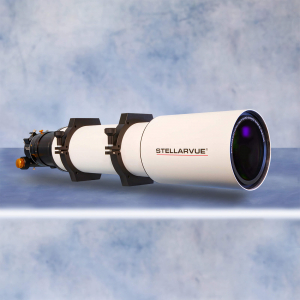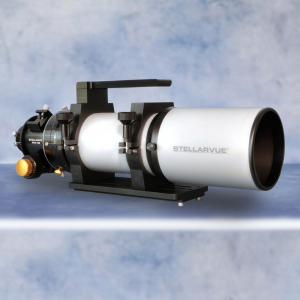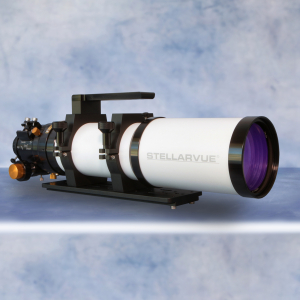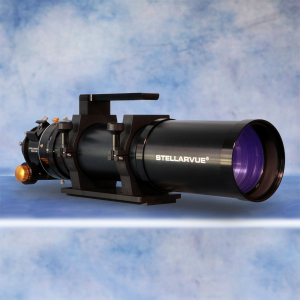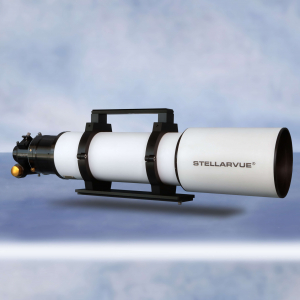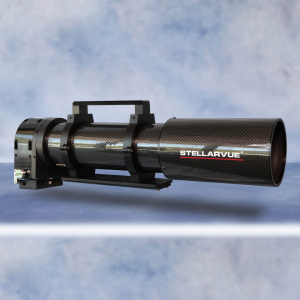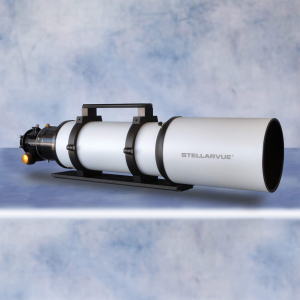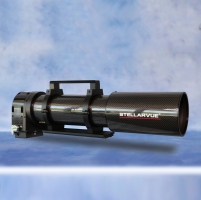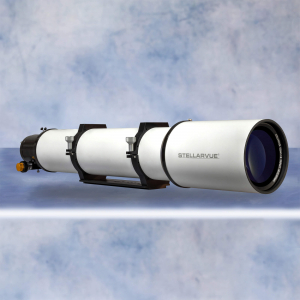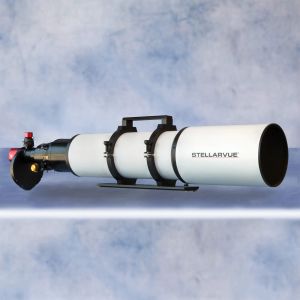SVX90T - East Veil


Using his SVX90T, Brian Meyers caught this fabulous shot of the Eastern Veil Nebula, in Cygnus. This supernova remnant (SNR) lies roughly 2,400 light-years away from Earth and has a diameter of about 130 light-years. It displays the remnants of an exploded red giant star's outer layers, forming this brilliant cloud of heated and ionized gas and dust.
According to Brian:
“I'm still just blown away with how crisp the details are in this scope, even at a modest image scale. The details in the tendrils just blow the doors off my 8" newt.”
“The Eastern Veil is part of the larger Cygnus Loop complex, a supernova remnant from a star that exploded 10-20K years ago. At 2400 LY away, the supernova would have appeared brighter than Venus in the sky and been visible in the daytime. The remnants have since expanded to cover an area of the sky roughly 3 degrees in diameter (about 6 times the diameter, and 36 times the area, of the full Moon)”
“The Eastern Veil has several named components, the brightest area is NGC 6992, trailing off farther south into NGC 6995 (together with NGC 6992 also known as "Network Nebula") and IC 1340 (The Bat Nebula)”
For more details and an in-depth look at this image, visit Brian’s AstroBin: https://www.astrobin.com/ou0r3r/
Designations: Caldwell 33, NGC 6992, NGC 6995, IC 1340.
References:
Wikipedia contributors. (2024, April 17). Veil Nebula. Wikipedia. https://en.wikipedia.org/wiki/Veil_Nebula
Sky & Telescope. (2017, January 27). The Eastern Veil Nebula - Sky & Telescope. https://skyandtelescope.org/online-gallery/the-eastern-veil-nebula/
ThePlanets.org. (2022, March 29). Veil Nebula - Facts and Info - The Planets. The Planets. https://theplanets.org/nebula-facts/veil-nebula/

